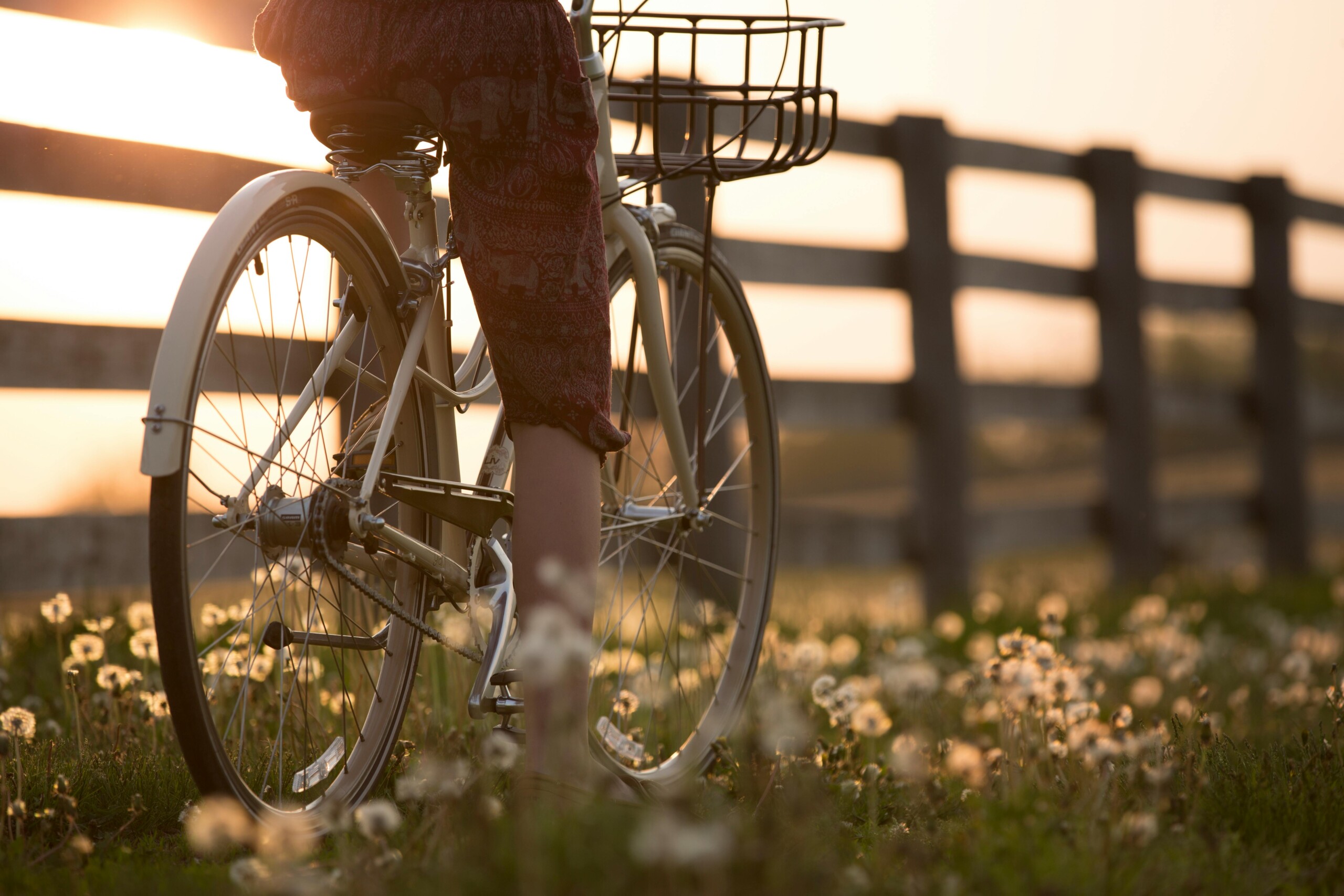In Tilburg there is a neighbourhood called Vlashof, almost identical to the surrounding neighbourhoods. It’s made up of grey paved streets flanked by terraced houses, with square gardens out back. Seven-storey apartment blocks squat above tree lined football fields in the spaces between. There is a nearby river, which is also tree lined, scenic, cold and typically Dutch. The whole neighbourhood appears typically Dutch.
It’s maybe a little more run down than usual, with a few more tufts of grass breaking through the pavement, the houses starker than the streets closer to Tilburg city centre. There are less roads for pedestrians, and more traffic passing through. The gardens have less flowers and more front rooms are hidden behind curtains. But there is greenery and grass everywhere, and rubbish almost nowhere.
However, there is something that makes Vlashof exceptional. At 26% of the population, Vlashof has the highest rate of obesity of any neighbourhood in Tilburg. This, though an unwanted title, doesn’t seem a matter of too great concern. Every city has a neighbourhood with the highest obesity rate. But the almost identical neighborhoods surrounding it have an almost identical problem. Stokhasslet-Noord, De Schans, and De Lijnse Hoek have obesity rates of 25%, 22% and 23%. This cluster of four northern neighbourhoods seem innocuous, but the people residing here are Tilburg’s focal point for a global epidemic.
Obesity
The WHO defines obesity as ‘abnormal or excessive fat accumulation that presents a risk to health’. In 2016, 13 % of the world’s adults were obese, and four million people died from being overweight, in case the use of the word ‘epidemic’ seemed like hyperbole. Obesity kills more people around the world today than hunger. As well as killing, it reduces quality of life; the chance of contracting cancer or suffering a heart attack increases. Obese people suffer more frequently from breathing difficulties. They suffer from higher rates of hypertension, insulin resistance and risk of fractures.
The recurring word here is ‘suffer’. The health issues facing Vlashof today are physical, and cause physical and psychological pain to the individual. But when an issue concerns a neighbourhood, it ceases to be an individual’s problem. Since their environment is unremarkable, what sets people in these neighbourhoods apart?
The first difference is the amount of elderly and children residing here. If we put them into one group called ‘dependents’, the rate in Vlashof is ten percent higher than Tilburg’s average of 31%. As elderly people tend to be less mobile, this is probably a contributing factor to obesity.
Another issue is the amount of rental homes. At 67% compared to Tilburg’s average of 48%, it is nearly one and a half times the town’s average. Not only are the amount of rental homes in an area a good predictor of lower levels of wealth and education, it also prevents a community from having continuity in its population. Why would someone want to improve the area if they might be leaving in a couple months? This indicates not only a community struggling with obesity rates, but struggling to just be a community.
Related to this is the high proportion of public housing in Vlashof. People in public housing tend to be less interested in the neighbourhood’s upkeep (being less invested in the area than homeowners), but will also tend to be less well educated, and under more financial stress. Even if these issues aren’t present, their negative association with public housing remains. This causes less trust (more closed curtains), and less community investment.
There are many possible solutions to this problem, and most rely on serious investment. However, one of the most attractive solutions is also the most elegant. It solves the problem of obesity through resolving the issue of community cohesion, and the resulting close bonds build momentum to further community health. It’s a perpetual motion machine in a sense. And it’s not overly expensive. We will refer to this solution as the ‘Community Fitness Plan’ (CFP).
Community Fitness Plan
The environment in Vlashof is similar to other neighbourhoods, so what makes the neighbours in Vlashof less healthy? Arguably, it’s the lack of a sense of community. Community draws people from their houses, building ties between families. If the streets and amenities, like football fields and playgrounds, are being used by many in the community, it makes these places (and the people there) more approachable. Being outside reduces screen-time and promotes exercise. If there are adults in the community who take on physical training and education roles, the positive health effects of community building are amplified.
This is how the CFP) improves individual health; by promoting community through physical activity and health education. Through a series of activities like running, yoga, pilates, dancing, and workshops (such as healthy cooking classes), Vlashof and its adjacent neighbourhoods could evolve from separate households into a community.
The key to this plan is using pre-existing resources to create momentum. Firstly, there needs to be a community board of local volunteers who have experience in organising physical activities or health education. As these people live in Vlashof, they are not working for nothing, but to improve their environment and help their neighbours. Because this is an investment in time and effort, board members will have more interest in their neighbours, as they are invested in them; they become stakeholders of their community’s health, rather than strangers living next door.
After recruiting board members through local schools and libraries, the next step is creating plans for activities which promote healthy and social lifestyles. To ensure participation, a survey could gather activities of interest from the local community, promoting involvement in the project’s development. This will also give a better idea of when, where and how frequently there should be activities to suit the community’s needs.
In terms of education, the program “EatPlayGrow’ gives useful, easily understandable information on nutrition, exercise, and the role sleep plays in a healthy lifestyle.
Ideally, these workshops and activities become the heart of the community. They teach discipline as community activity spreads, stitching self-care into the fabric of community life.
It takes a village
To be effective, this plan needs there to be professionals in the community who are willing to help. There also needs to be a will amongst the population, an opening of people’s lives and homes, which may be difficult with the rental and dependency rates. The rental rates mean people come and go frequently, and the CFP is reliant on long term investment in the scheme.
If the plan is to be implemented long-term and grow organically, the education and cohesion of the youth of the community should be the focus of the plan. This would allow the existing physical spaces (playgrounds, greens, football pitches) to be used more, hopefully propelling more openness in the whole neighbourhood. It would also give teenagers the chance to make their homes healthier and inspire their parents to be healthier. This places an emphasis on Vlashof’s future, rather than the present.
Vlashof seems more a cluster of individual homes than a community. There is some aspect of collective care lacking from its streets. But the materials for a community are present, if someone can pull them together.







